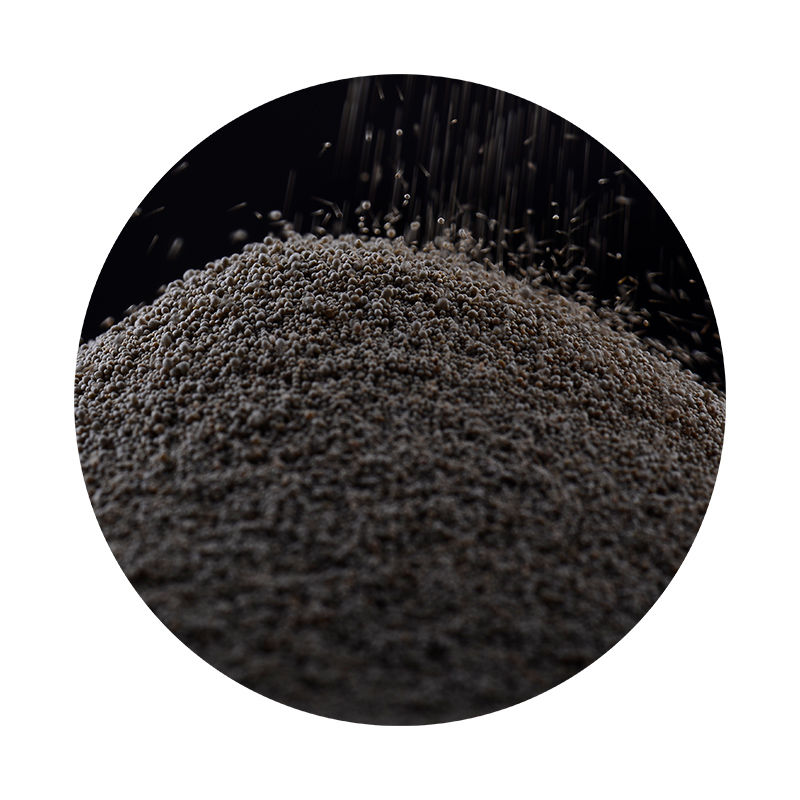Sure! Here’s an article on the topic of sand casting stainless steel
---
Sand Casting Stainless Steel A Comprehensive Overview
Sand casting is a versatile and widely used manufacturing process that has been employed for centuries to create a variety of metal parts, including those made from stainless steel. This method involves creating a mold from sand and then pouring molten metal into the mold to form a desired shape. With its exceptional properties, stainless steel is an ideal material for numerous applications, making sand casting a preferred choice among manufacturers.
One of the primary advantages of using stainless steel in sand casting is its resistance to corrosion, high temperatures, and oxidation. This makes it suitable for industries like automotive, aerospace, and chemical processing, where components must endure harsh environments. The ability to produce intricate designs and detailed features through sand casting also allows for greater flexibility in engineering and manufacturing.
The sand casting process begins with creating a pattern, typically made from wood or metal, which represents the final product. This pattern is then used to create a mold by packing sand around it, forming a cavity into which the molten stainless steel will be poured. The sand mixture is usually combined with a binding agent, allowing it to hold shape when removed from the pattern. After the mold is prepared, the pattern is removed, leaving behind a hollow space that defines the final part.
sand casting stainless steel

Once the mold is ready, the stainless steel is melted in a furnace and poured into the mold cavity. The cooling time required for the molten metal to solidify depends on the size and complexity of the part. After the metal has cooled, the mold is broken apart, revealing the finished cast. Additional post-processing steps, such as grinding, machining, and polishing, may be required to achieve the desired surface finish and tolerances.
Despite its many benefits, sand casting stainless steel does have some limitations. The surface finish may not be as smooth as that obtained through other casting methods, such as investment casting, which can impact the aesthetics of certain parts. Additionally, the dimensional accuracy may require further machining to meet precise specifications.
In summary, sand casting stainless steel is an effective manufacturing method that leverages the unique properties of stainless steel to produce durable and corrosion-resistant components. Its adaptability to complex designs and cost-effectiveness makes it a preferred choice for various industries. With continuous advancements in technology and materials, the future of sand casting remains bright, promising even more innovative applications in stainless steel casting.
---
Feel free to adjust any specifics to best suit your needs!
Post time:सप्टेंबर . 07, 2024 14:42
Next:What to Use to Sand Resin - Comprehensive Guide
